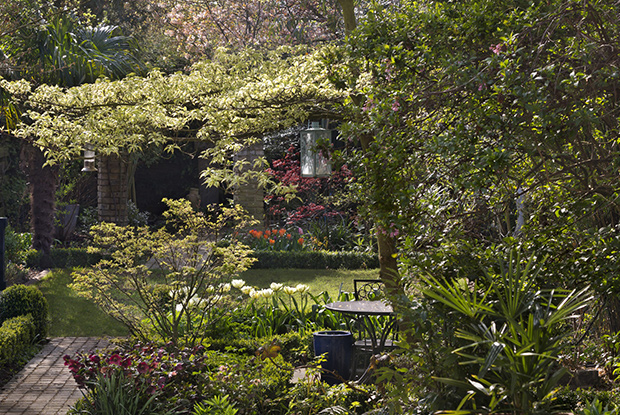
Autumn garden plants
With relaxed August now upon us, it’s an ideal time to be thinking about fall garden care and putting some exciting autumn garden plants into the soil. Even if your garden appears in full bloom now, it’d be a shame come September to find that splendid colour and vibrancy diminished by a hint of change in the season.
At Gingko, we’ve got some of our favourite autumn garden plants and fall garden care tips to share with you, as well as some valuable, time-saving advice on maintenance. Autumn can be one of the best times of the year for your garden, so get creative!
Best autumn plants
1. Dahlias – well known for their bold colour and romantic vibrancy, dahlias flower late in the summer and into autumn. Fall gardening tip: select a planting site with morning sunlight.
2. Gladeolus murielae – these are elegant, delicate plants which show their fragrant but enigmatic white flowers late in summer and into Autumn. Fall gardening tip: remember to lift the corms as the grassy foliage dies back, they prefer to spend winter in a cool, dry shed rather than face the cold outside.
3. Autumn roses – classic, beautiful, romantic. Need we say more? Fall gardening tip: water deeply and use water-soluble fertilisers.
4. Sedum plant: the purple emperor – broad, deep purple leaves on dark red stems, and rounded clusters of small, pale purplish-pink flowers during late summer. Fall gardening tip: They grow best when the soil isn’t over-enriched; if it’s too fertile, the stems go soft and sappy.
5. A mixture of cyclamen coum and snowdrops – these two look like long-lost friends together and never fail to impress. Fall gardening tip:both enjoy a damper soil, thriving in moist shade beneath trees. Cast the bulbs liberally for a natural woodland feel.
Fall garden maintenance
As the autumn starts to come in, and it’ll happen sooner than we care to think about, there are a few key things you can do to for fall garden maintenance which reduce effort in the months October to December and January. Raking leaves off the lawn, for example, may seem like a superficial ‘tidy’ measure however there is a good reason for it. Lawns need to ‘breathe’ and removing soggy, smothering dead leaves will help a great deal. To protect your smaller beds from the coming winter you could apply a mulch (easily with your raked leaves), which will protect your top soil. Finally but very importantly, remove the broadleaf weeds from around the garden which will be competing for nutrients and water.






















